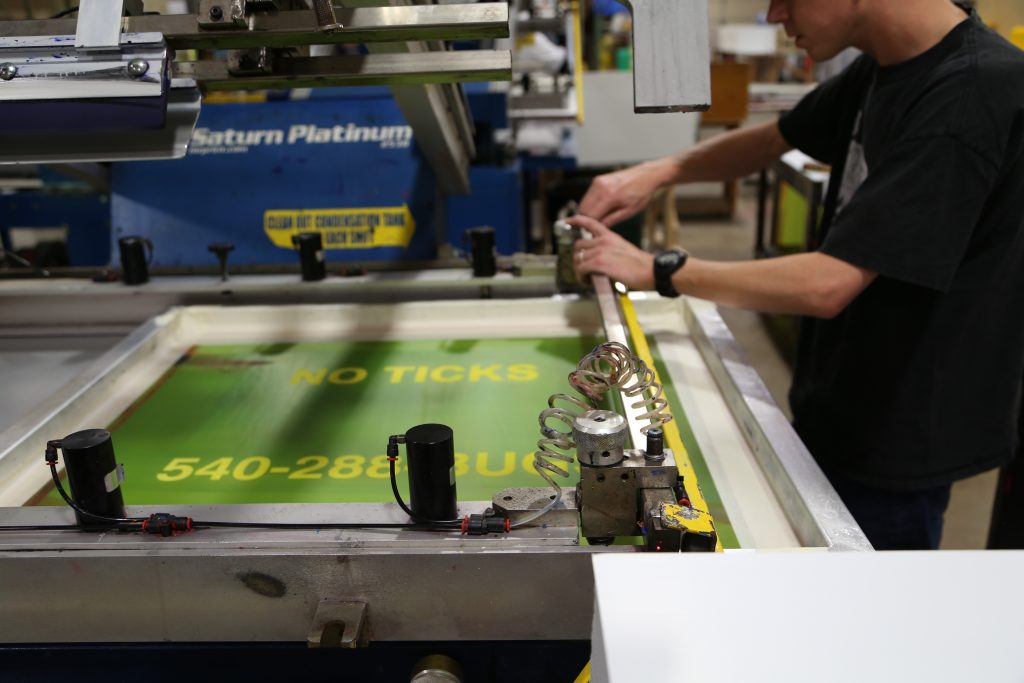Yard Signs: What They Are and What to Know

Why Yard Signs?
Signage has been around for quite some time, to put it modestly. More specifically, however, yard signs are being used as of more recent. Some would even say as early as the 60’s and 70’s, but why. Security alarm companies from that time wanted a new way to thwart burglars from entering a particular premises. What they started to do was put aluminum window signs on to real estate stakes and then introduced the combination to the customer’s yard. Since that time lawn signs have made their staple in advertising and don’t appear to be going anywhere but outside.
Corrugated plastic and a weather-proof ink are what most lawns signs are made of. Of course if you have some cardboard, a magic marker, a wood stake, and a sunny day then you can make a yard sign at your own leisure but that’s why we’re here. We can assist you with all of your sign needs. Our ads vary from real estate, campaign, special events, and much more. Have a custom design that you want to see on a piece of corrugated plastic? Then look no further because our design team is here to help. Or if you just wanted a blank piece of plastic to write your own message on then we can send you that too.
Get Your Yard Signs Noticed!
Now we have to get those signs to stand out and stand on their own. The most commonly used supports are wood stakes and/or H-wires. However, keep in mind our corrugated plastic yard sign material comes not only in 2 colors, but also 2 flute directions. The small spaces located on the bottom and top, or the sides of the plastic are called ‘Flutes’. If you want a sign with wood stakes then you’re going to want the flute direction to be perpendicular to the stake itself. With H-wires the flutes are going to be parallel. The 2 colors we offer are white and yellow, and come in a variety of sizes. Our standard is 18” x 24” but we also offer yard signs in the sizes of 12” x 18”, 9” x 24”, and our biggest of 24” x 32” that can be screen printed. Whether you need signs for your business or political campaign signs, here’s where you can get started!







 We all know about IM and text messages. We also (most of us) have joined one or two (maybe more) social networks online. Etiquette says that all capital letters means you are yelling. While yelling might be what you want sometimes (come on, admit it…) yelling at customers is not one of those times. When creating that special recipe for your banners and signs, do not use all capital letters. Contrary to popular belief, this does not make you message stand out more. Mixing upper and lower case text is friendlier to the eye and has been scientifically proven in visual tests to be more legible. You may have thought (or used?) that using those capitals would a great attention grabber when it can actually have a very negative impact. Remember your manners and who you are. Be polite. Don’t yell. You are not desperate so don’t give that impression!
We all know about IM and text messages. We also (most of us) have joined one or two (maybe more) social networks online. Etiquette says that all capital letters means you are yelling. While yelling might be what you want sometimes (come on, admit it…) yelling at customers is not one of those times. When creating that special recipe for your banners and signs, do not use all capital letters. Contrary to popular belief, this does not make you message stand out more. Mixing upper and lower case text is friendlier to the eye and has been scientifically proven in visual tests to be more legible. You may have thought (or used?) that using those capitals would a great attention grabber when it can actually have a very negative impact. Remember your manners and who you are. Be polite. Don’t yell. You are not desperate so don’t give that impression!